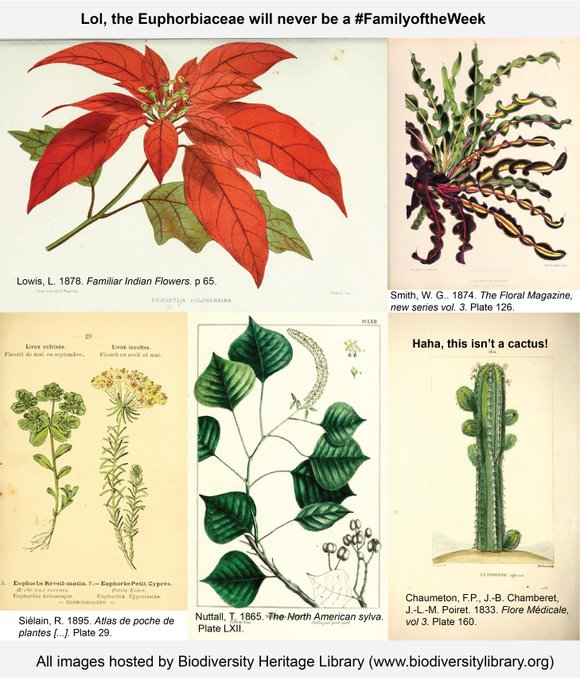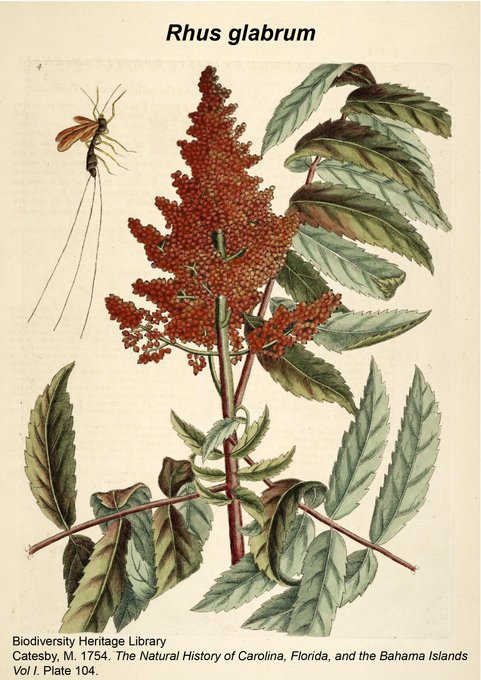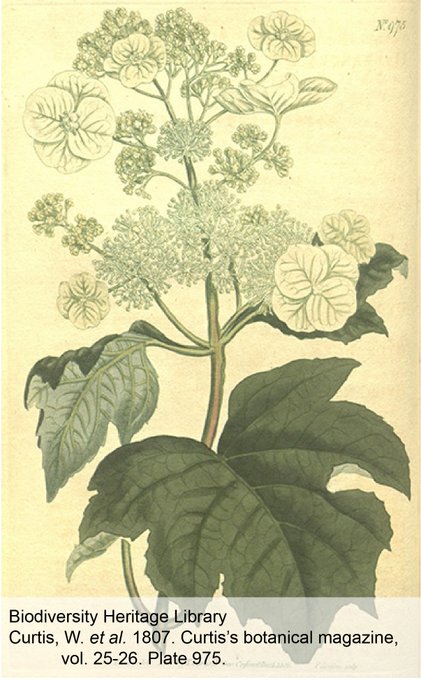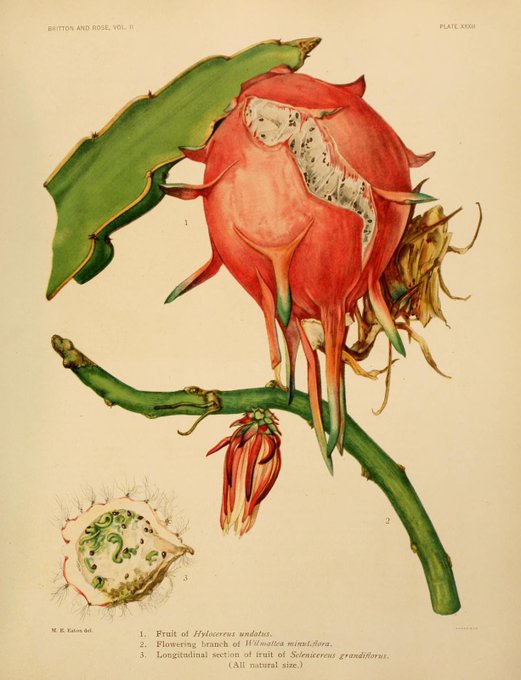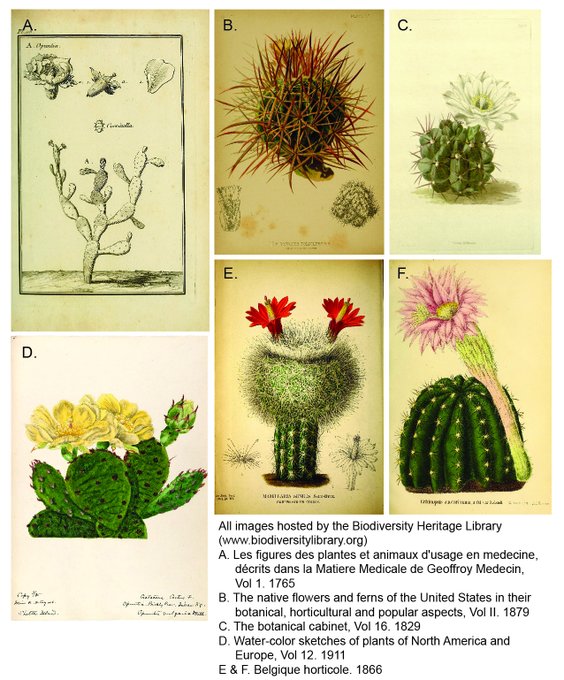familyoftheweekのTwitterイラスト検索結果。 10 件
What family do you think of when the holiday season comes around?! I bet all of you immediately thought of the Lythraceae & absolutely NO ONE thought of the Euphorbiaceae, right?! Phew!
Get ready for another round of #FamilyoftheWeek, but double the fun w/ ~2 weeks planned!
The other genera in the Agavaceae (or subfamily Agavoideae) growing in #Tennessee are all herbs & have leaves w/out threadlike fibers coming off the margins. The genus Manfreda (false aloe, rattlesnake master) has been lumped w/ the genus Agave by some sources. #FamilyoftheWeek
The genus Rhus (sumac) is represented in #Tennessee by 4 species. These all have odd-pinnate leaves, like Toxicodendron spp., but produce bright red, glandular pubescent fruits & do not produce urushiol, the rash-causing irritant Toxicodendron spp. produce. #FamilyoftheWeek
It’s another #FamilyoftheWeek & this time we’re covering the Anacardiaceae (cashew family)! This family includes other tasty members, like pistachios & mangos 😍, & very NOT tasty members like poison ivy. 😖
The members of the Bignoniaceae that grow as vines in #Tennessee are the genera Bignonia (crossvine) & Campsis (trumpet creeper). Both have compound leaves, but the number of leaflets & the presence/absence of tendrils are the key characters to tell them apart. #FamilyoftheWeek
This #FamilyoftheWeek will cover the Geraniaceae (geranium family). There are 5-11 genera and >700 species in this family worldwide, w/ most in temperate or tropical zones. Tennessee has 2 genera & 8 species.
It’s #Friyay & we have just 1 more genus in the #FamilyoftheWeek Hydrangeaceae to cover! Deutzia (deutzia) is native to Asia, Central America, & Europe, but has been introduced to North America.
Day 2 of #FamilyoftheWeek:
The rest of the Hydrangeaceae we’ll cover are shrubs w/ pubescent leaves & twigs. The genus Hydrangea may have lobed or unlobed leaves, but w/ simple pubescence (unbranched hairs). Inflorescences are large w/ 25 or more flowers.
@UTKHerbarium LOTS of great cactus #SciArt from our collection in Flickr ➡️ https://t.co/O3Uvwyqg01
Some of our favorites are those by Mary Emily Eaton from "The Cactaceae", in #BHLib via @NYBG ➡️ https://t.co/YNGVXZ3uDh #FamilyOfTheWeek
FINALLY another #FamilyoftheWeek! This time we’ll be exploring the Cactaceae (cactus family).🌵These are eudicots with spines (highly modified leaves) & many have the iconic fleshy photosynthetic stems (specifically subfamilies Cactoideae & Opuntioideae). #botany @BioDivLibrary

